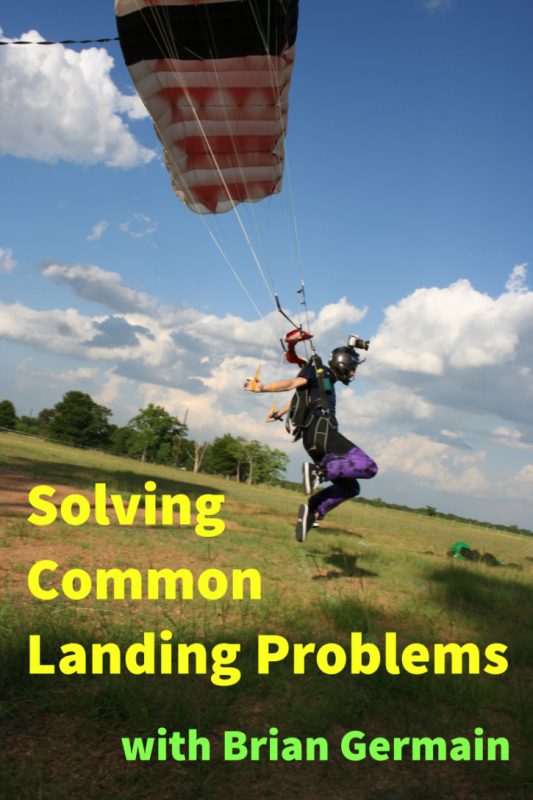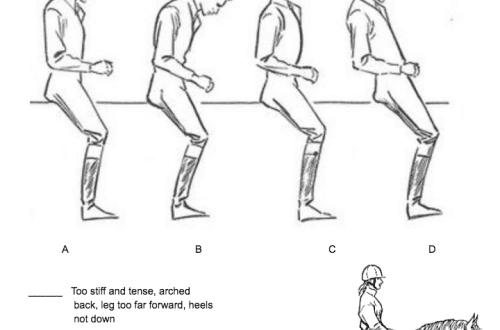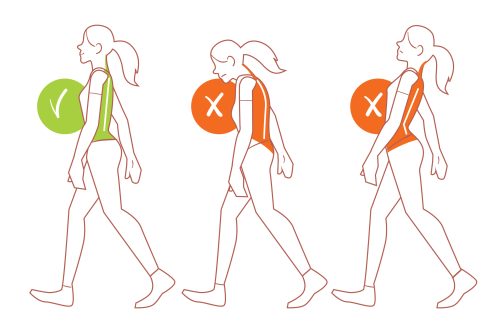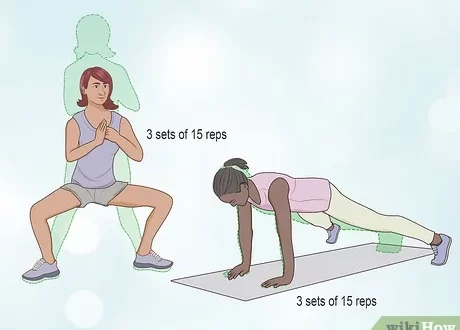
Common landing problems
So, landing problems can be divided into four groups: problems of hands, legs, body and “head” (that is, the direction of gaze). Let’s talk about them separately.
1. Fit problems: hands
The main reason why the horse does not move or hear the rider in the turn, shakes his head, resists and does not understand commands, is often the hands. Since the rider’s hands directly act on the horse’s mouth, it is very easy for the rider to confuse the horse with an awkward action, not letting him know exactly what the person riding wants. How not to be a hindrance to a horse?
1) Straighten up and sit up straight, calmly and evenly breathing. Do not tilt your body forward or backward.
2) Properly disassemble the rein and wrap it up until it makes contact with the horse’s mouth.
3) Make sure that your hands are above the neck of the horse at the distance of a fist, and a fist should also be placed between the hands. The elbows should be slightly bent, the shoulders should be straightened, the hands should not be tense, the fingers should be closed and hold the reins. From the snaffle to the elbow, a straight line is formed without breaks in the region of the rider’s hand.
4) Feel the horse move its head, first at the walk and then at other gaits. You must accompany these movements without interfering with them, but without losing contact. The same light contact without stopping in accompaniment should be maintained during turns and sending.
5) When moving, your hands should not go to the stomach. Always move them along the body, with the elbow back.
2. Fit Issues: Feet
– Heel down, put your foot back, pull your foot down … Many have heard these words. But why is it so important to keep your feet right? In fact, there can be a lot of problems caused by the wrong position of the leg at the side of the horse. The rider falls forward, gets caught in the legs, picks the horse with his heel, loses the stirrups, cannot give accurate commands, is pinched, and can also get into a very dangerous situation when the foot simply gets stuck in the stirrup. What to do to position your legs correctly?
1) Take the stirrup on the widest part of the foot on the toe.
2) Turn your leg parallel to the side of the horse so that your toes are facing forward.
3) Relax your whole leg and let it sink under your weight, heel down. Important! Do not pinch your leg, trying to pull it with all your might.
4) Do not try to excessively cling to the saddle with your knees. By doing this, you will only create an unnecessary axis of rotation for yourself, because of which your balance will suffer.
5) When lowering your leg, do it straight down. It should lie immediately behind the girth of the horse and be retracted only if it is necessary to give a specific command.
3. Fit problems: body
As a rule, the main difficulty in riding the rider is delivered by his arms and legs. But even having dealt with them, a person suddenly discovers that not all of his problems have disappeared. And often the reason for this is problems with the position of the body. Rolling forward or backward, skewed shoulders, and a bent waist—there can be a lot of such problems, and it is very difficult for the rider to notice them himself. The easiest way to find out if you have problems with your body is on a video or by asking another person to look at you from the side. So how do you sit up straight?
1) Your sitting bones and shoulders should be parallel to each other and, most importantly, to the shoulders of the horse. Landing should be level, without transferring weight to one side.
2) You should not be bent at the waist to either side, the lower back should not be collapsed or, on the contrary, arched. Shoulders are at the same level.
3) You sit in the deepest part of the saddle, not on the pommel or pommel. Your body is perpendicular to the ground.
4) The body of the rider must be relaxed and accompany the movements of the horse.
4. Landing problems: “Look ahead!”
Also, a common problem in the rider’s position is often a lowered head. The gaze is fixed on the horse’s ears or his own hands, the chin will soon touch the chest, the rider falls forward, he is shaking, it is uncomfortable to sit, the coach swears. Familiar? To avoid problems with handling and landing caused by incorrect head position, you should adhere to a very small set of rules that will help eliminate the trouble with a lowered head.
1) Always look ahead. Don’t let your eyes rest on the horse’s ears, his neck, or even worse, your own hands. Straighten your shoulders and imagine that there is an obstacle in front of you, to which you need to arrive on the most correct trajectory.
2) Don’t keep your eyes on the ground in front of the horse’s hooves, always look just above the horizon line. This will automatically raise your head as required, at the same time adjusting the position of the body, and you will sit more tightly in the saddle.
3) Do not pinch your neck and shoulders, do not strain your lower back, trying to lean back with your back and while continuing to look down, stooping. Always sit straight and relaxed, keeping your shoulders, head and back in line.
We hope this little list of rules will help you improve your position and feel more confident in the saddle!





